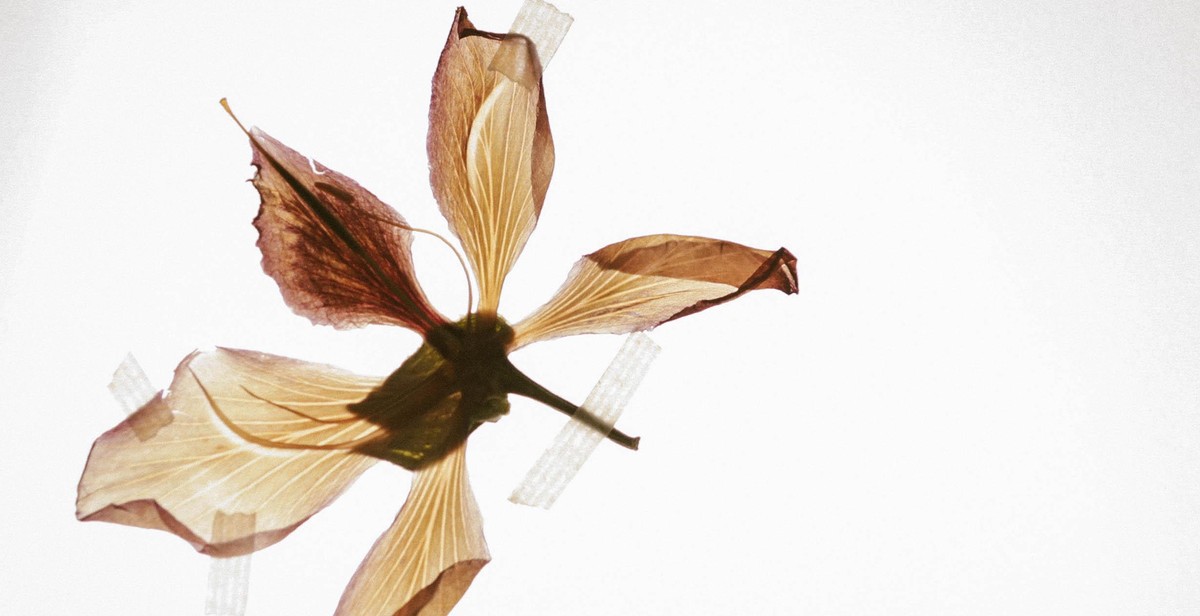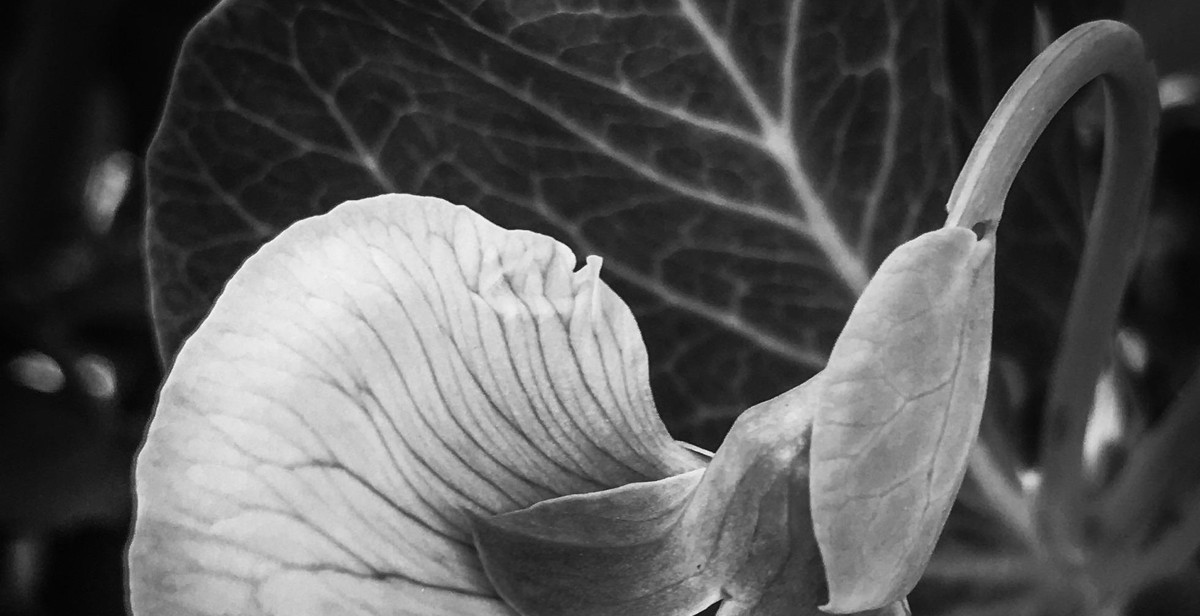How to Care for Orchids: Essential Tips for Growing and Blooming Orchid Plants
Orchids are one of the most beautiful and exotic plants you can have in your home or garden. Their stunning blooms and delicate appearance make them a popular choice among plant enthusiasts. However, caring for orchids can be a bit tricky, especially for those who are new to gardening. In this article, we will provide you with essential tips for growing and blooming orchid plants.
Understanding Orchids
Before we dive into the care tips, it’s essential to understand a bit about orchids. Orchids are a diverse family of flowering plants that come in various shapes, sizes, and colors. They are found in almost every part of the world, from the tropics to the Arctic Circle. Orchids are known for their unique reproductive systems, which involve pollination by insects or birds.
Choosing the Right Orchid
When it comes to choosing the right orchid for your home or garden, there are several factors to consider. You’ll want to think about the orchid’s size, light requirements, and water needs. Some orchids do well in bright, indirect light, while others prefer shade. Some orchids require frequent watering, while others can go for weeks without water.
Essential Care Tips
Once you’ve chosen the right orchid for your needs, it’s time to start caring for it. Here are some essential tips to keep your orchid healthy and blooming:
- Provide the right amount of light
- Water your orchid properly
- Fertilize regularly
- Repot your orchid when necessary
- Watch for pests and diseases
By following these tips, you can enjoy the beauty of orchids in your home or garden for years to come.

Understanding Orchids
Orchids are undoubtedly one of the most beautiful and fascinating plants in the world. With over 25,000 species and more than 100,000 hybrids, orchids come in a wide range of colors, shapes, and sizes. They are found in almost every part of the world, from tropical rainforests to arid deserts. Understanding the different types of orchids and their specific needs is essential to successfully grow and bloom these stunning plants.
Types of Orchids
Orchids can be broadly categorized into two types: terrestrial and epiphytic. Terrestrial orchids grow in soil, while epiphytic orchids grow on other plants or objects, such as trees or rocks. Epiphytic orchids are more common and often found in tropical regions. They have adapted to grow on other plants because the soil in their native habitats is often poor in nutrients and water. Some popular types of orchids include Phalaenopsis, Cattleya, Dendrobium, Oncidium, and Vanda.
Light Requirements
Light is crucial for orchids to grow and bloom. However, different types of orchids have different light requirements. Generally, orchids need bright, indirect light to thrive. Too much direct sunlight can damage their leaves and flowers. Terrestrial orchids can tolerate more shade than epiphytic orchids, which require more light. It is recommended to place orchids near a window with filtered light or use artificial grow lights to provide adequate light.
Watering Needs
Watering is another critical factor in orchid care. Overwatering can lead to root rot, while underwatering can cause the plant to wilt. Epiphytic orchids need less water than terrestrial orchids, as they absorb moisture from the air and their host plants. It is best to water orchids in the morning and allow the potting mix to dry out slightly before watering again. The frequency of watering depends on the type of orchid, the potting mix, and the environmental conditions.
Humidity and Temperature
Orchids thrive in high humidity and warm temperatures, which mimic their natural habitats. The ideal humidity range for orchids is between 50% to 70%. To increase humidity, you can place a tray of water near the orchids or use a humidifier. Temperature requirements vary depending on the type of orchid. Most orchids prefer temperatures between 60°F to 80°F during the day and 55°F to 65°F at night. However, some orchids, such as Cymbidiums, require cooler temperatures to bloom.
Potting Mixes
The type of potting mix used for orchids also plays a crucial role in their growth and health. Epiphytic orchids require a well-draining mix that allows air to circulate around their roots. A popular mix for epiphytic orchids is a combination of bark, sphagnum moss, and perlite. Terrestrial orchids need a mix that retains moisture, such as a mix of peat moss and perlite. It is essential to repot orchids every two to three years to provide fresh potting mix and prevent root rot.
| Aspect | Requirement |
|---|---|
| Types | Terrestrial and Epiphytic |
| Light | Bright, indirect light |
| Watering | Allow potting mix to dry out slightly before watering |
| Humidity | 50% to 70% |
| Temperature | 60°F to 80°F during the day, 55°F to 65°F at night |
| Potting Mix | Well-draining mix for epiphytic orchids, moisture-retaining mix for terrestrial orchids |

Caring for Orchids: Essential Tips for Growing and Blooming Orchid Plants
Orchids are beautiful and delicate plants that require special care to thrive. Proper fertilizing, pruning, repotting, and pest and disease control are essential for the health and growth of orchids.
Fertilizing
Fertilizing is important for orchids because they require specific nutrients for healthy growth and blooming. Use a balanced fertilizer with equal amounts of nitrogen, phosphorus, and potassium. Apply the fertilizer at half strength every two weeks during the growing season and reduce to once a month during the dormant season. Avoid over-fertilizing as this can lead to burning of the roots and leaves.
Pruning
Pruning orchids is necessary to promote new growth and prevent the plant from becoming too leggy. Use a sterilized pair of scissors or pruning shears to remove dead or damaged leaves, stems, and flowers. Prune the plant after it has finished blooming and before the new growth appears.
Repotting
Repotting orchids is important to provide fresh soil and prevent overcrowding of roots. Repot the plant every one to two years or when the potting mix breaks down. Use a well-draining potting mix and a pot with drainage holes. Carefully remove the plant from its old pot and trim any dead or rotten roots. Place the plant in the new pot and fill with fresh potting mix, pressing down gently.
Pest and Disease Control
Orchids are susceptible to pests and diseases, which can damage or kill the plant if left untreated. Common pests include mealybugs, spider mites, and scale insects. Use a mild insecticide or soap solution to control pests. Diseases such as root rot and fungal infections can be prevented by providing proper drainage and air circulation. Treat with a fungicide if necessary.
Conclusion
By following these essential tips for caring for orchids, you can ensure that your plant will grow and bloom beautifully for years to come. Remember to fertilize, prune, repot, and control pests and diseases to keep your orchid healthy and happy.

Common Orchid Problems
Orchids are beautiful and exotic plants that require a little extra care compared to other houseplants. Even with the best care, orchids can still develop problems. Here are some of the most common orchid problems and how to fix them:
Yellow Leaves
Yellowing leaves are a common problem in orchids. This can be caused by overwatering, underwatering, or too much direct sunlight. If you notice yellowing leaves, check the roots to see if they are healthy. If the roots are healthy, adjust your watering schedule and move the orchid to a spot with less direct sunlight. If the roots are unhealthy, you may need to repot the orchid.
Brown Spots
Brown spots on orchid leaves can be caused by a fungal or bacterial infection. To prevent this, make sure your orchid has good air circulation and avoid getting water on the leaves. If you notice brown spots, remove the affected leaves and treat the orchid with a fungicide or bactericide.
Root Rot
Root rot is a common problem in orchids that are overwatered or have poor drainage. To prevent root rot, make sure your orchid is potted in a well-draining medium and only water when the top inch of the potting mix is dry. If you notice signs of root rot, such as mushy or blackened roots, remove the affected roots and repot the orchid in fresh potting mix.
Bud Blast
Bud blast is when orchid buds fail to open and instead turn brown and fall off. This can be caused by sudden changes in temperature, low humidity, or pests. To prevent bud blast, make sure your orchid is in a stable environment with consistent temperature and humidity. If you notice signs of pests, such as spider mites or mealybugs, treat the orchid with an insecticide.
By knowing how to identify and treat common orchid problems, you can keep your orchids healthy and blooming for years to come.

Conclusion
Orchids are stunning and exotic plants that require special care to grow and bloom. By following the essential tips outlined in this article, you can provide your orchids with the proper care they need to thrive.
Key Takeaways
- Orchids require specific light, water, temperature, and humidity conditions to grow and bloom.
- Proper potting and fertilizing are crucial for orchid health and growth.
- Common orchid pests and diseases should be closely monitored and treated promptly.
Final Thoughts
With the right care, your orchids can bloom for months and even years, bringing beauty and elegance to your home or garden. Remember to research the specific needs of your orchid species and adjust your care accordingly. Don’t be afraid to experiment and try new methods to find what works best for your orchids.
By following these essential tips and being attentive to your orchids’ needs, you can enjoy the beauty of these unique and fascinating plants for years to come.
